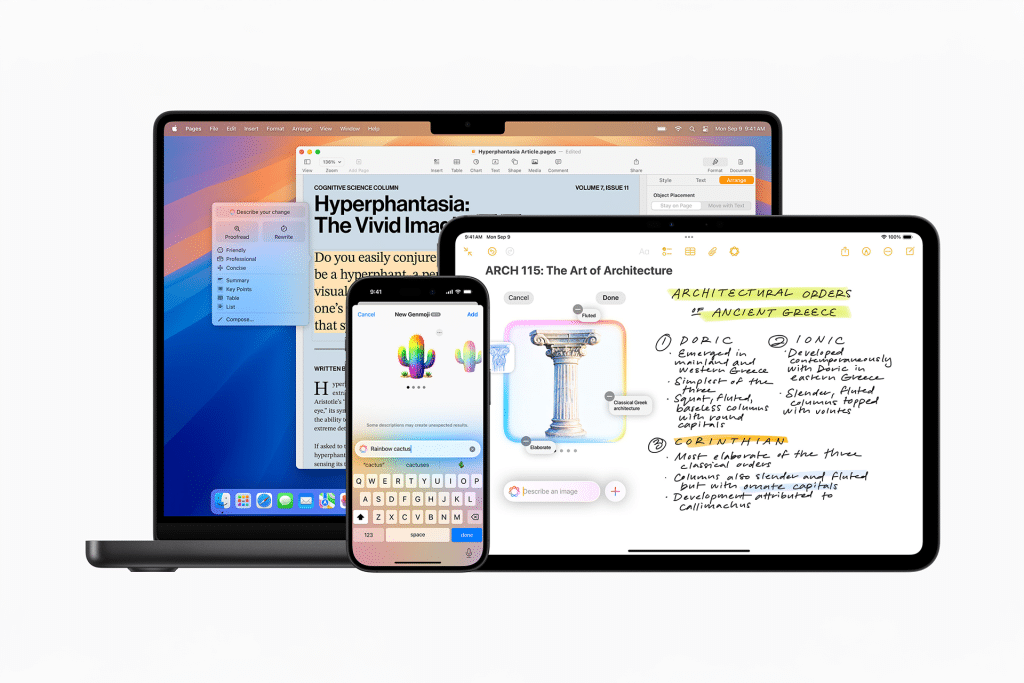The iPhone SE series has long been Apple’s answer to the demand for a budget-friendly yet powerful smartphone. The forthcoming iPhone SE 4 is expected to continue this tradition, incorporating several notable upgrades.
Leaked information suggests that the iPhone SE 4 will adopt a design reminiscent of the iPhone 14, featuring a 6.1-inch OLED display. This marks a departure from the LCD screens of previous SE models, offering users enhanced color accuracy and contrast. Additionally, the traditional Home button is expected to be replaced by Face ID technology, aligning the SE series with Apple’s modern design language.
Under the hood, the iPhone SE 4 is rumored to be powered by Apple’s A18 Bionic chip, ensuring top-tier performance and efficiency. This upgrade positions the SE 4 alongside Apple’s flagship models in terms of processing capabilities. Furthermore, the device is expected to feature 6GB of RAM, facilitating seamless multitasking and supporting advanced features like Apple Intelligence.
A significant development is Apple’s plan to integrate its proprietary 5G modem, codenamed “Centauri,” into the iPhone SE 4. This move aims to reduce reliance on third-party suppliers and potentially lower production costs. As a result, the iPhone SE 4 is anticipated to launch at a competitive price point of $499 in the United States, making it an attractive option for budget-conscious consumers seeking advanced features.
iPad 11: The Next Generation of Apple’s Entry-Level Tablet
Apple’s iPad lineup is set to receive a refresh with the introduction of the iPad 11. This update focuses on internal enhancements to improve user experience and performance.
The iPad 11 is expected to be equipped with the A18 processor, bringing Apple Intelligence capabilities to the entry-level tablet segment. This upgrade will enable users to leverage advanced features and enjoy a more responsive interface.
While the overall design is likely to remain consistent with its predecessor, the iPad 11 may feature subtle refinements to enhance usability. The device is expected to maintain its 10.9-inch display, providing a balance between portability and screen real estate.
The iPad 11 is anticipated to ship with iPadOS 18.3, aligning its release with the software’s rollout. This integration ensures that users have access to the latest features and improvements from day one.
Updated iPad Air: Bridging the Gap Between Entry-Level and Pro
In addition to the iPad 11, Apple is preparing to launch an updated iPad Air, aiming to offer a middle ground between the entry-level iPad and the premium iPad Pro.
The new iPad Air is expected to be powered by the M4 chip, delivering a substantial boost in performance. This upgrade will cater to professionals and creatives seeking a powerful yet affordable tablet solution.
Alongside the iPad Air, Apple is rumored to introduce updated Magic Keyboard accessories, incorporating features from the latest iPad Pro versions. These enhancements aim to improve the typing experience and overall functionality, making the iPad Air a more versatile tool for productivity.
Anticipated Release Timeline
Despite earlier rumors suggesting a January launch, reliable sources indicate that Apple plans to release the iPhone SE 4, iPad 11, and updated iPad Air by April 2025. This timeline aligns with Apple’s typical spring release schedule, allowing the company to generate momentum leading into the second half of the year.
Apple’s upcoming releases demonstrate the company’s commitment to providing a diverse range of devices that cater to various user needs and budgets. The iPhone SE 4 offers a compelling option for those seeking a modern iPhone experience at a competitive price, while the iPad 11 and updated iPad Air provide robust tablet solutions for both casual users and professionals. As the anticipated launch approaches, consumers and industry observers alike eagerly await the official unveiling of these devices, which are poised to make a significant impact in their respective markets.
